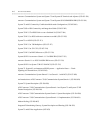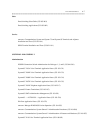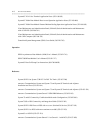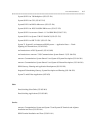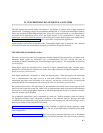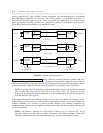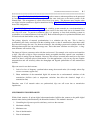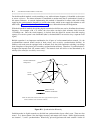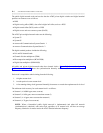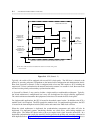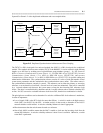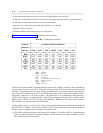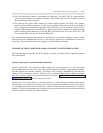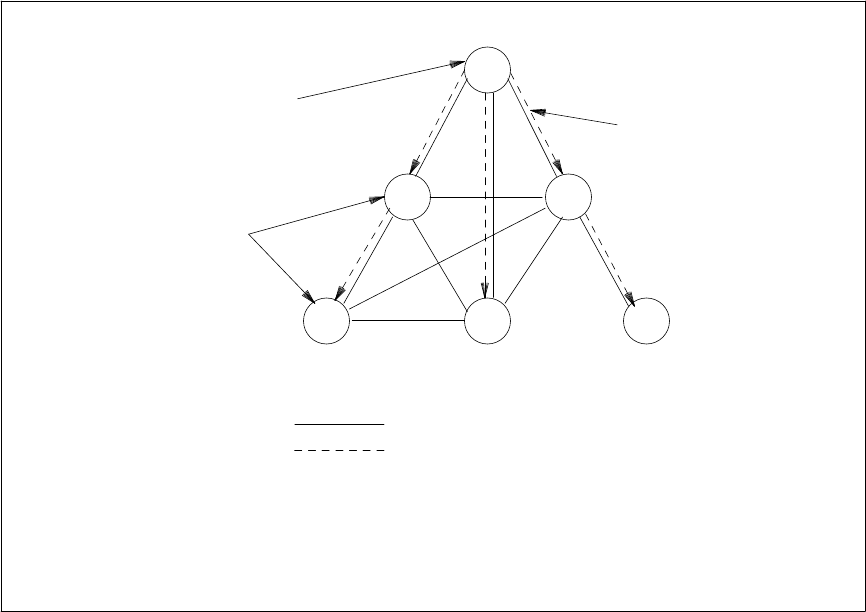
B-4 SYNCHRONIZATION OF DIGITAL FACILITIES
_ ___________________________________________________________________________________________________________________________
_ ___________________________________________________________________________________________________________________________
_ ___________________________________________________________________________________________________________________________
For the hierarchical method, a node containing a very stable reference frequency is identified as the source
or master reference. The master reference is transmitted to another node that is synchronized (slaved) to
this master reference. A network implementing this method is hierarchical in nature with nodal clocks
supplying the synchronization frequency to certain other nodes, which in turn supply the reference to still
other nodes. Figure B-2, Synchronization Hierarchy, shows a hierarchical network configuration.
With the hierarchical method, the existing digital transmission facilities are used to distribute the reference
frequency. For example, with a T1-carrier, the slave nodes can derive their reference clock from the
1.544-Mbps rate. Since the clock frequency is derived from the digital bit stream, the traffic-carrying
capacity of a carrier system is not diminished (that is, the bandwidth is not used to carry a separate clock
signal).
Reliable operation is an important consideration for all parts of a telecommunications network. So, the
synchronization network should consist of both primary and secondary synchronization facilities. In
addition, each node must be equipped with an internal clock that (with automatic switching) can bridge
short disruptions of the primary and secondary synchronization reference. Therefore, if synchronization is
disrupted, the internal clock will assume control. The internal clock will drift at a rate determined by its
stability (also called free run ability or accuracy).
NOTE: The dashed lines indicate which nodes supply reference frequencies
and those facilities used to transmit the reference.
PRIMARY REFERENCE
DIGITAL TRUNK
NOTE
SLAVE
NODES
MASTER REFERENCE
FREQUENCY
Figure B-2. Synchronization Hierarchy
Switching nodes in digital networks are divided into synchronization layers called strata. There are four
strata, 1 to 4, where stratum 1 has the highest accuracy and stratum 4 the lowest. Public digital networks
use stratum 1, 2, and 3 synchronization. Historically, private digital networks used stratum-4 clocks all



